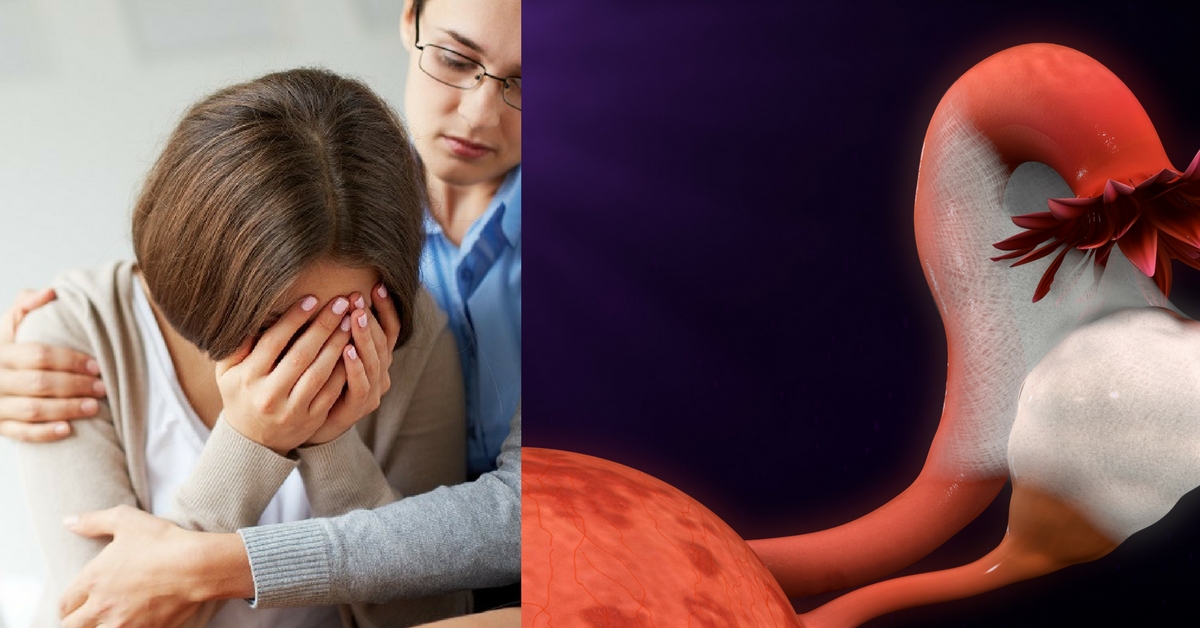 Ovarian cysts are a rather common condition among women. In simple words, an ovarian cyst can be described as a fluid-filled sac that is attached to the ovary. Cysts are not essentially anything substantial to worry about because they happen to most women at some point in their lives. These cysts remain in one part of the ovary and do not require any serious medical attention. In fact, these cysts are part of the normal reproductive cycle. A cyst is formed in the ovary before the egg is released. Once the egg goes down the fallopian tubes, this cyst disappears. But, why do some of them never subside and need to be treated?
Ovarian cysts are a rather common condition among women. In simple words, an ovarian cyst can be described as a fluid-filled sac that is attached to the ovary. Cysts are not essentially anything substantial to worry about because they happen to most women at some point in their lives. These cysts remain in one part of the ovary and do not require any serious medical attention. In fact, these cysts are part of the normal reproductive cycle. A cyst is formed in the ovary before the egg is released. Once the egg goes down the fallopian tubes, this cyst disappears. But, why do some of them never subside and need to be treated?
Let’s delve into the causes of the formation of an ovarian cyst:
1. The egg is never released.
As you know, a cyst is filled with fluid or semi-solid substance, which breaks open to release the egg. However, some cysts may never release their egg. Such a cyst can grow to become as big as 1 to 2 inches in size. They are known as follicular cysts. They are not actually harmful to the female body. Unlike the regular cysts that disappear in once cycle, they take two to three menstrual cycles to disappear.
Polycystic ovaries are formed when the eggs that are never released from their cysts. Such eggs mature within the sacs, and the follicles continue to multiply inside the ovary. The characteristic of this abnormality is a marked increase in body hair.

2. The cyst does not subside.
There are many cysts that form after the egg has been released into the fallopian tubes. Such cysts are called Corpus Luteum cysts. They are more than twice the size of a follicular cyst, with each of them growing up to 4 inches in size. The uterus can do away with such cysts in a couple of weeks.
3. The ovarian cells grow abnormal tissues.
In some women, the ovaries are capable of growing tissues like hair and teeth. These new tissue cells then become a part of the already present ovarian cyst, adding to its size. These cysts, also known as dermoid cysts, are not as harmless as the follicular and corpus luteum cysts. The large size of the cysts translates into pain for the woman bearing such a cyst.

4. Outwardly growing uterine wall.
Sometimes, the tissue from the lining of the uterus grows out causing the condition known as endometriosis. Such an outward growth can attach itself to a pre-existing cyst and make it even bigger than what it already is. These endometriomas are really painful, especially during sex and the period cycle.
5. Outer Ovarian cells.
Apart from the inner lining of the ovaries, their outer lining can also contribute to the growth of cysts. Such cysts are known as Cystadenomas and are usually characterized by a thick sticky gel inside them. These cysts are painful too, because of their abnormally large size.
SOURCE: https://www.medicinenet.com/ovarian_cysts/article.htm





